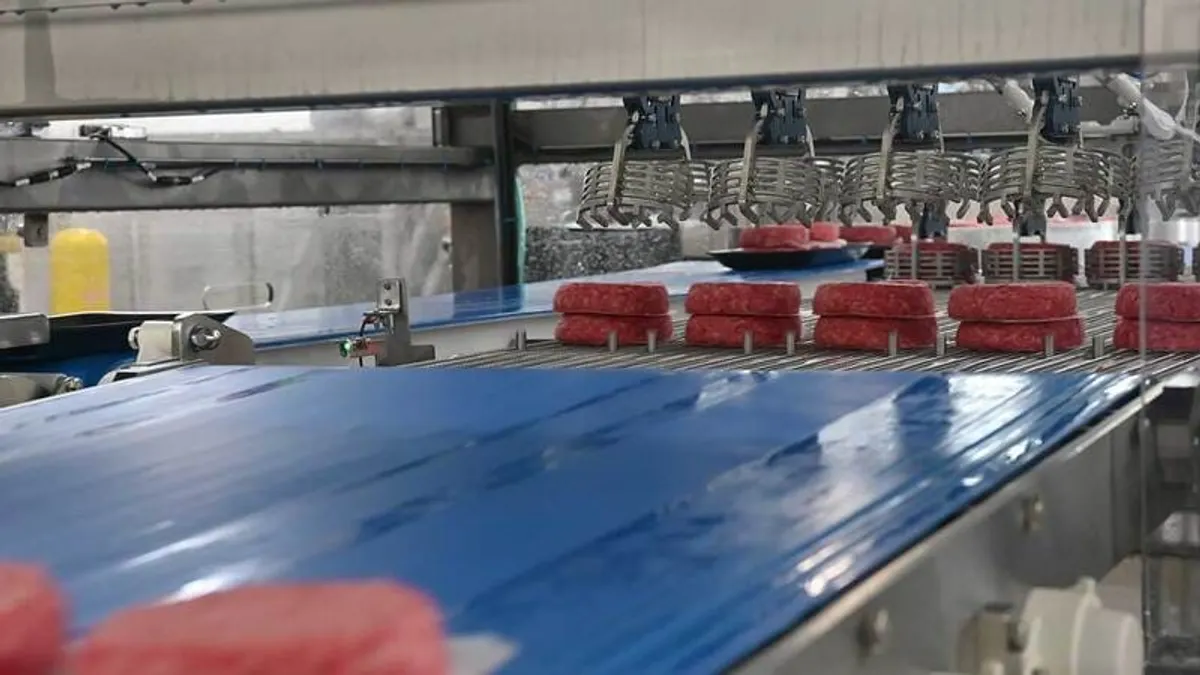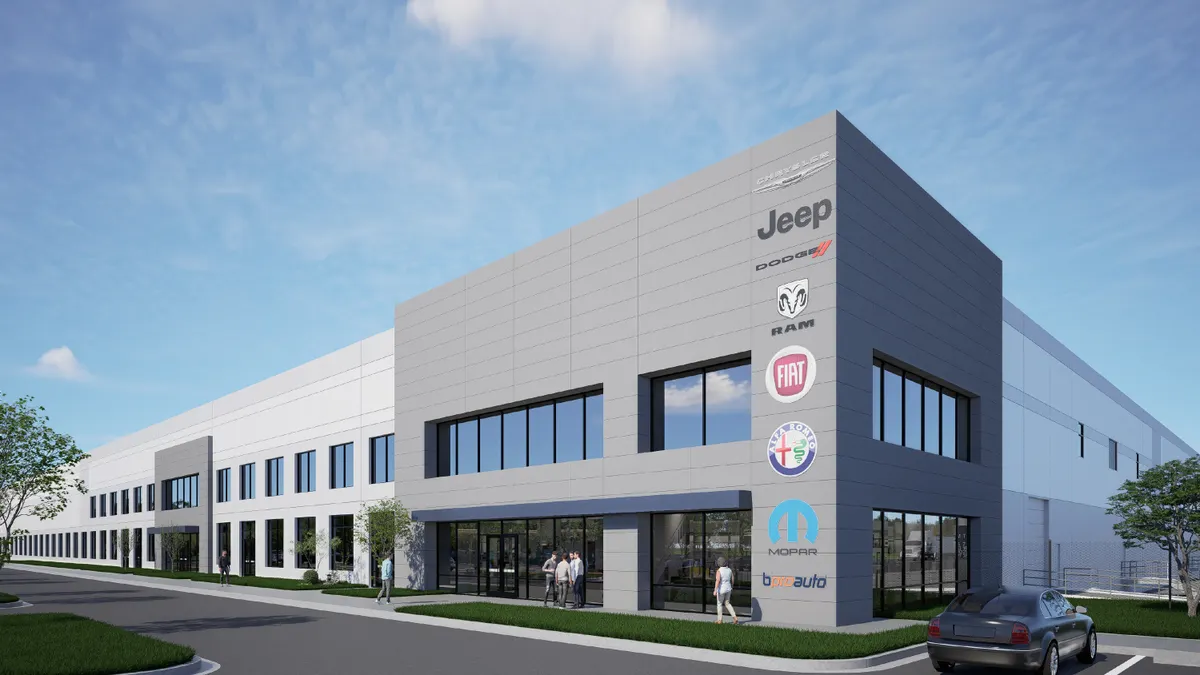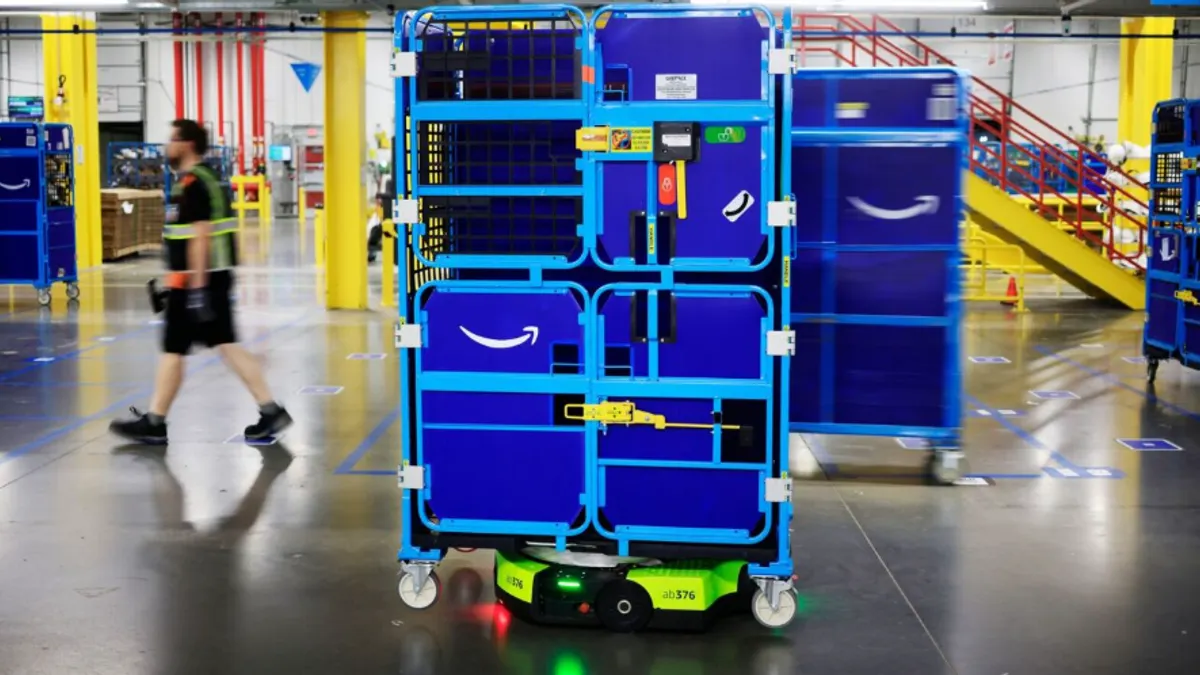From RFID tagging of products to automated control of HVAC systems, many distribution centers (DCs) are already using some form of smart technology or IoT to optimize performance.
As the ability to gather and process data expands, integrated platforms may soon enable DCs to automate more of their building management and maintenance. With the right sensors and data, self-learning facilities may be able to improve facility performance, drive efficiencies and reduce downtime by spotting potential maintenance issues before they arise.
Integrating smart systems to optimize building performance
A recent report by JDA said DCs are integrating more technology and undergoing tremendous change as shippers strive to be responsive and agile. Sandy Stephens, managing principal at Johnson Stephens Consulting Group, expects further growth in the use of RFID within facilities to gather comprehensive real-time information on the location of inventory and individual orders. More DCs will also use predictive analytics to improve labor planning and more effectively adapt to changes in volumes and orders.
Yet while many DCs are using IoT to optimize their processes and equipment, new opportunities are emerging to improve the performance of the buildings themselves. As distribution centers can span hundreds of thousands or even millions of square feet, these technologies can have a big impact.
Many buildings already generate volumes of data through cameras, thermostats, alarms and monitors, but much of it is not being used in an integrated fashion, says Dave Hopping, president of Siemens' Building Technologies (BT) Division – Americas.
A report by Deloitte noted Industry 4.0 applications are finding many new applications in DC facility management. Sensors and intelligent management systems can now be remotely controlled to monitor HVAC systems or humidity and gather data about operating conditions. And with intelligent systems, data can then be analyzed to ensure greater efficiency and better performance of the entire facility.
“Those technologies also enable the identification of different layers of the building to analyze possible interdependence between systems, services and operations. IoT applications and cloud-based devices are expected to ease building management,” Deloitte said.
Data helps design smart DCs from the ground up
Siemens, along with other companies such as Honeywell, are developing integrated building solutions that will bring together data from disparate systems to create a unified platform to optimize building performance. “The costs of these electronic systems are coming down. The payback and financial return is getting better … It’s about how can we derive more value from [the data],” Hopping says.
Designers are already using data to optimize building design to support processes and equipment. Stephens has used proprietary tools over the past 20 years to more efficiently design layouts around demand and MHE systems. What has changed over that time is the availability and the power of the data.
“[Design] capabilities continue to improve as we have better data, and it has had a big impact on how we design distribution centers as SKU-level data becomes available and as computer systems can process larger databases,” Stephens says.
The most advanced DCs are now being designed from the ground-up with data at the forefront. Yet as adoption of technologies hinges on return on investment, distribution center owners and facility managers will need to consider not just construction costs, but long-term operational and lifecycle costs and performance capabilities.
They’ll be able to build smaller buildings, so they can build less square footage and reduce construction costs.

Dave Hopping
President, Siemens' Building Technologies (BT) Division – Americas
“You have to show the payback. You have to show the return. In new construction, are you going to build a smaller building? Are you going to be able to reduce service costs and contracts? Can you reduce the number of people sitting in buildings?” Hopping says.
Just as architects have moved to building information modeling (BIM) to attain more insight to design, construct and manage buildings, there could be benefits in leveraging data to model long-term building performance, Hopping says.
Using DC building data for modeling can not only make better use of the space, but also better predict long-term maintenance and operational performance over the life of the building. In advanced applications, sensors could even be used to track individual movements throughout a building to analyze processes and workflows relative to building design. This data could then be used for the design of future distribution centers or to optimize existing ones.
“When they design buildings in the future or reconfigure buildings, they’ll be able to remove waste and better configure the space to get more utilization. Or they’ll be able to build smaller buildings, so they can build less square footage and reduce construction costs,” Hopping says.
Predictive analytics to anticipate and automate maintenance
Siemens’ goal is to help create autonomous buildings that are “self-sustaining and self-operating,” Hopping says. This technology could be applied in hospitals, office buildings, plants and distribution centers, reducing the need for personnel to manage and run the building. Sensors and data analytics would perform the bulk of the oversight, only calling for human intervention when necessary.
“We’re not there yet, but this is the direction we want to go in,” Hopping says. “It’s about being able to anticipate when something needs to be serviced in the building, based on demand and not on some manufacturer’s schedule of doing it monthly, quarterly.”
In a smart distribution center, sensors and data would manage the building and communicate predictive maintenance to engineers not only for things like conveyor belts, rider trucks and racking, but also building systems such as HVAC and security. Integrated building platforms such as Siemens Navigator enable facility managers to track the performance of virtually every system under the roof.
The real value would be predicting these things before they happen, and even before humans can see it. This type of machine learning could reduce downtime and increase efficiencies in many ways, Hopping says. Buildings would be able to continually run analysis to predict equipment failures before they happen or anticipate security needs based on trends and predicted movements of occupants. As buildings become smarter, they’ll eventually become autonomous and “always learning,” Hopping says.
In one example, systems may discover a ventilation system is drawing a little more power than it should be. The system may then use temperature monitors to check the environment and compare historical readings to discover the consumption has been increasing and that fan output is higher than normal. By cross checking against maintenance records, usage and manufacturers’ recommendations, it may then determine that a belt should be replaced. The system would then automatically order a new belt and schedule a work order for a replacement. All of this could happen within seconds.
“The next evolution is really the analytics, coupled with machine learning to be able to do the predictive metrics… We’re trying to make infrastructure and buildings smarter,” Hopping says.





















